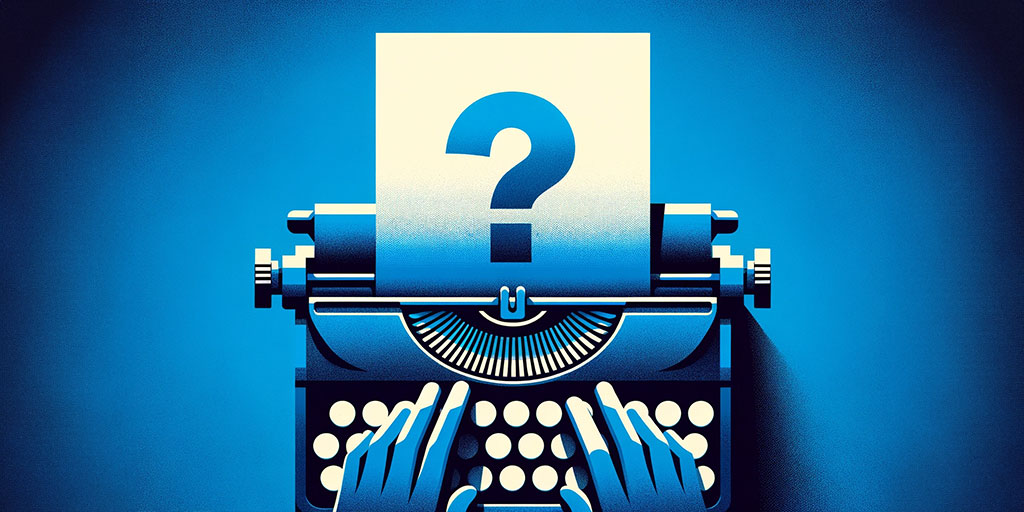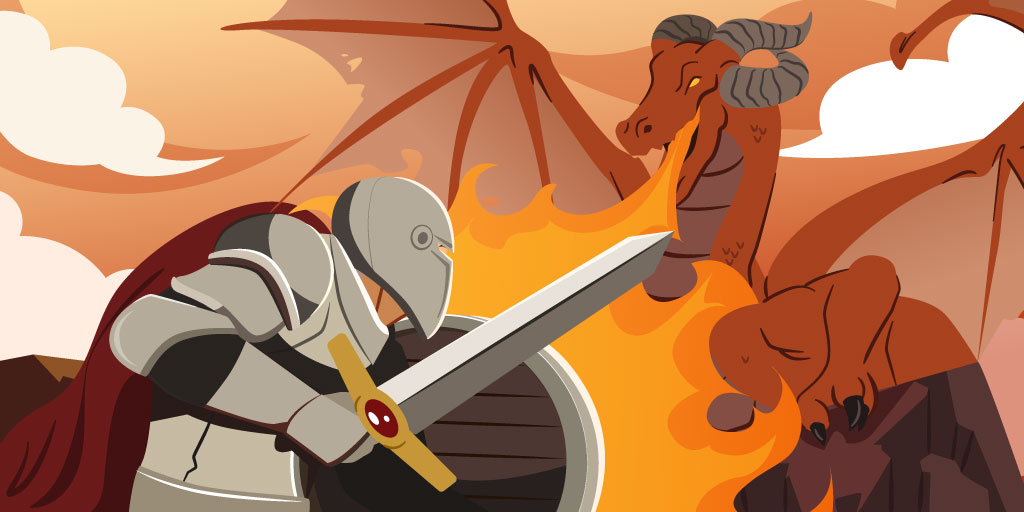From ancient myths and timeless fairy tales to the latest science fiction novels, one narrative framework has withstood the test of time, captivating generation after generation with its transformative power – the Hero’s Journey. It transports us beyond the mundane to realms of courage and extraordinary growth.
It allows us to watch characters rise from their ordinary lives and embark on a harrowing adventure that shapes them into something extraordinary. The warrior, scarred by battles fought and lost, must confront his deepest fears to claim victory, or the reluctant leader, burdened by doubt and uncertainty, who finds the strength to save an imperiled world. It is within the framework of the Hero’s Journey, with its twelve steps, that this magic takes form.
In this guide, we delve into the depths of the Hero’s Journey story structure, explaining each of its steps, giving some examples from literature, and providing some tips for using it. So, join us and learn how to create heroes and stories that leave indelible marks on your readers’ memories.
What Is the Hero’s Journey?
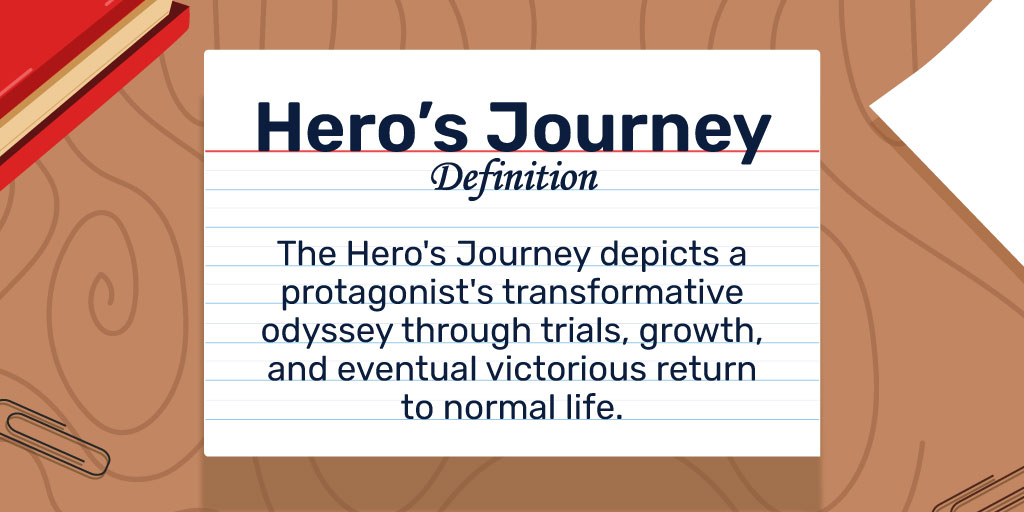
The Hero’s Journey is a narrative structure that follows a protagonist’s transformative journey from their ordinary world to a realm of trials and challenges, leading to their ultimate return as a changed and usually victorious individual. It consists of the following three main stages:
- Departure: The hero experiences a serious event that disrupts their lives, which prompts them to embark on a quest to solve the problem.
- Initiation: They venture into the unknown, facing challenges, gaining allies, and confronting adversaries along the way. During this time, they endure a major trial or ordeal, often facing their greatest fear or threat, and emerge transformed.
- Return: Before finally returning to their ordinary life, the hero experiences a final test, facing death or a symbolic rebirth that qualifies them to return with a gift to benefit others.
The Hero’s Journey was first popularized by Joseph Campbell, a renowned mythologist and literary scholar, in his book “The Hero with a Thousand Faces,” published in 1949. Campbell studied world mythologies and discovered a common pattern in their storytelling: the “monomyth” or the Hero’s Journey.
His work influenced numerous writers, filmmakers, and artists, including George Lucas, who admitted to using Campbell’s ideas as a foundation for creating the Star Wars saga. Campbell’s groundbreaking research brought to light the universal human quest for self-discovery and the transformative power of storytelling.
Craft of Writing Quiz (Easy)

3 Basic Stages of the Hero’s Journey
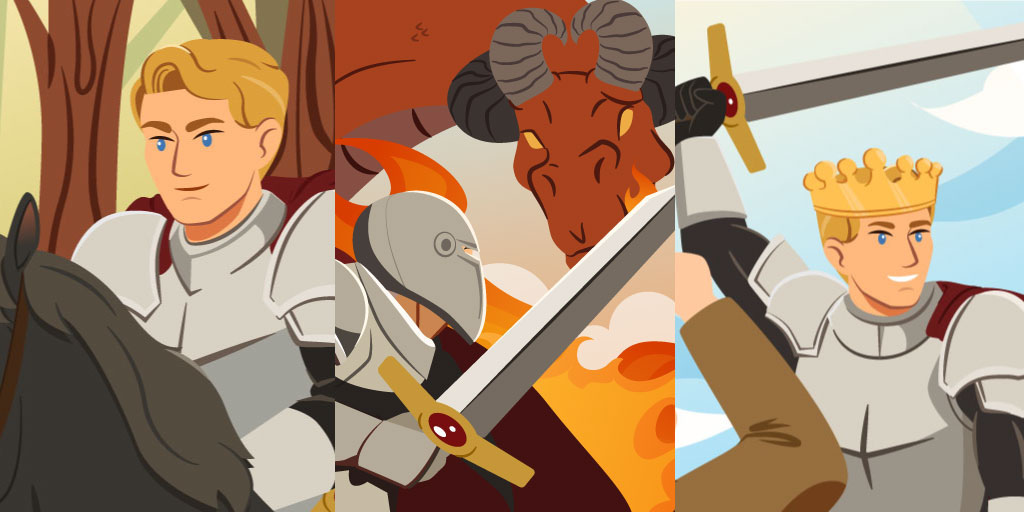
The Hero’s Journey unfolds through three fundamental stages, each representing a distinct phase of the protagonist’s transformative journey.
Departure
In this initial stage, the hero is called to venture beyond their familiar world into the realm of the unknown. The journey begins with an invitation, an event, or a challenge that disrupts their ordinary life and presents them with an opportunity for growth.
Initially, the hero may experience doubt or resistance, often depicted as the refusal of the call. However, they are ultimately propelled forward by external forces or internal longing. Along the way, the hero encounters a mentor or guide who imparts wisdom, gifts, or assistance, providing them with the necessary tools to embark on their journey.
In “The Hobbit” by J.R.R. Tolkien, for example, Bilbo Baggins is invited on a quest to reclaim the dwarves’ homeland from the dragon Smaug by the wizard Gandalf, who becomes his mentor.
Initiation
The second stage marks the hero’s immersion into a new and often perilous world, requiring them to undergo trials, face challenges, and experience profound growth. They leave behind the safety of their ordinary life and step into a realm of uncertainty. Here, they encounter a series of tests, allies, and enemies, providing the diverse obstacles and encounters that shape their character.
The hero faces their greatest trial during this journey, a moment of intense confrontation with their deepest fears, a formidable adversary, or a crucial decision. Emerging from the ordeal, the hero receives a reward, an insight, or a powerful resource that strengthens and enlightens them.
In “The Lord of the Rings” by J.R.R. Tolkien, for instance, Frodo Baggins and his companions face challenges, confront enemies, and endure hardships that challenge their courage and fortitude, such as the battles at Helm’s Deep and the Mines of Moria.
Return
The final stage of the Hero’s Journey centers around the hero’s return to their ordinary world, carrying the resources, wisdom, and transformation gained from their adventure. They may face a final moment of heightened danger or symbolic death that solidifies their growth and transformation.
Having emerged triumphant, the hero returns with a valuable gift or insight that can benefit others in their ordinary world. This gift can take various forms, such as knowledge, a physical object, or a newfound sense of purpose. The hero’s return completes the cycle, demonstrating the cyclical nature of personal growth and the impact of their journey on both themselves and their community.
“The Lord of the Rings” sees the members of the fellowship return to the shire, defeat the oppressive regime that had taken it over, and establish peace and order.
12 Steps of the Hero’s Journey

If you want to use the basic three stages of the hero’s journey for your story but need some help to flesh it out, Hollywood consultant Christopher Vogler splits it into 12 steps that spell out every detail of this classic narrative structure.
1. Ordinary World
The author first introduces the hero in their ordinary, mundane world, where they are often seen as unremarkable or unaware of their true potential. This establishes the baseline of their life before the adventure begins.
The ordinary world for Harry Potter is the mundane life he leads with his neglectful relatives, the Dursleys, who keep him unaware of his magical heritage. It is characterized by routine, boredom, and a sense of not belonging.
2. Call to Adventure

The hero receives a call to embark on a quest or journey that will take them away from their ordinary world. It can come in various forms, such as a destructive event, a message, a prophecy, or a personal revelation.
In “Alice’s Adventures in Wonderland” by Lewis Carroll, Alice experiences a whimsical and unconventional “Call to Adventure” when she follows a white rabbit down a rabbit hole.
3. Refusal of the Call
The hero may resist the call due to fear, doubt, or a sense of inadequacy. They may hesitate or decline the invitation, longing for the security and comfort of their familiar surroundings.
“The Odyssey” by Homer sees Odysseus going so far as pretending to be mad to avoid going to war.
4. Meeting the Mentor

The hero encounters a mentor or guide who provides wisdom, guidance, or tools to assist them on their journey. The mentor often imparts knowledge, shares experiences, and inspires the hero to embrace their potential.
In “The Alchemist” by Paulo Coelho, Santiago meets the alchemist, a wise and knowledgeable figure who becomes his mentor. The alchemist imparts profound insights, teaches Santiago about the universe’s secrets, and guides him on his quest for self-discovery.
5. Crossing the Threshold
This is the point where the hero takes a definitive step into the unknown, leaving behind their ordinary world and entering the realm of adventure. This marks the point of no return, where the hero commits to the journey and embraces the challenges ahead.
Katniss in “The Hunger Games” by Suzanne Collins crosses the threshold when she volunteers as a tribute for the Hunger Games, leaving behind her familiar district and entering the deadly arena where her survival skills will be tested.
6. Tests, Allies, and Enemies
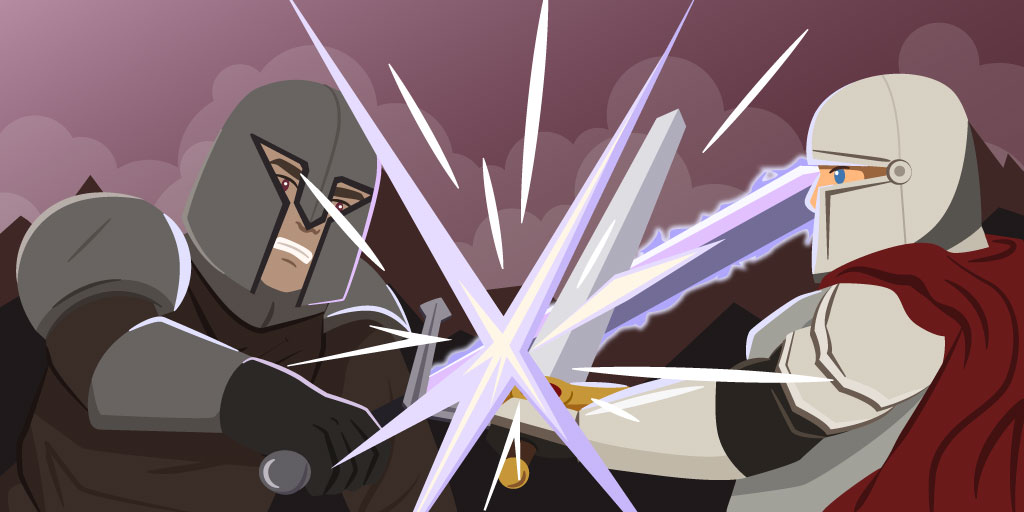
Once on the journey, the hero faces a series of challenges, meets allies who help them along the way, and faces adversaries or enemies who oppose their progress. These experiences and relationships shape their development, expose their strengths and weaknesses, and provide opportunities for learning and transformation.
Frodo and his companions in “The Lord of the Rings” by J.R.R. Tolkien face challenges in treacherous landscapes, battles against Orcs and other creatures, and the corrupting influence of the One Ring. They gain allies like Gandalf, Aragorn, and Legolas while being pursued by enemies such as Sauron’s forces and the treacherous Gollum.
7. Approach to the Inmost Cave
This is the part of the story where the hero approaches a significant challenge or obstacle, often symbolizing their greatest fears or the story’s central conflict. It represents a crucial turning point where they must gather their courage and prepare for a major confrontation.
In Danielle Steel’s “Wings,” Cassie O’Malley accepts a contract to fly a world tour for the airplane manufacturer run by her husband.
8. Ordeal

The hero undergoes a major ordeal, a high-stakes challenge or battle that tests their resolve, pushes them to their limits, and often requires them to confront their deepest fears or face death in a symbolic or literal sense.
In Nicci French’s thriller “Land of the Living,” Abbie Devereaux is physically confronted by the man who kidnapped her weeks earlier and killed one of her best friends.
9. Reward
After overcoming the ordeal, the hero reaps a reward or achieves a significant breakthrough. It can be a physical object, newfound knowledge, valuable insight, or an emotional transformation that empowers and motivates them to continue their journey.
During her quest to catch a serial killer red-handed, Kaylie, the main protagonist in Michael Prescott’s thriller “Stealing Faces,” manages to escape from the cell in the psychiatric hospital in which he had locked her up. She has proven she can match him on wit, strength, and resilience and bravely sets out to escape the hospital grounds.
10. The Road Back
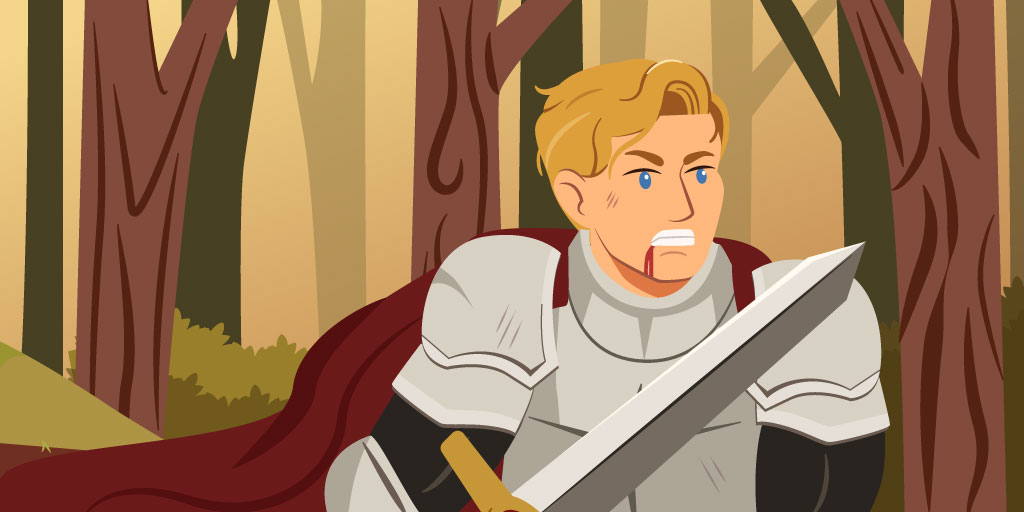
With this reward, the hero begins their journey back to their ordinary world, facing further trials and obstacles. This stage marks the transition from the adventures and revelations of the special world to the familiar realm.
In Tess Gerritsen’s medical thriller “Harvest,” Dr. Abby DiMatteo escapes a shooting attack by participants in an illegal organ transplant ring. The detective who helps her to escape now believes that she is correct about the illegal transplants, and she goes home believing that the police will investigate further.
11. Resurrection
The hero faces a final and often ultimate test, representing a metaphorical death and rebirth. It is a moment of heightened danger, a final showdown with a powerful adversary, or a significant sacrifice demonstrating the hero’s growth, resilience, and transformation.
In Blake Crouch’s science fiction novel “Dark Matter,” Jason2 finds the main protagonist Jason and tries to kill him and take over his wife and son. However, Jason kills him and escapes with his family to their new life.
12. Return with the Elixir

This is the final act of return, in which the hero returns to their ordinary world, bringing back a gift or newfound wisdom that can benefit their community or society. The elixir symbolizes the hero’s transformation and serves as a catalyst for positive change and growth in the ordinary world.
“Harry Potter and the Philosopher’s Stone” by J.K. Rowling ends with Harry returning with the elixir of friendship, love, and the knowledge of his true identity as a wizard. He brings back the Philosopher’s Stone, which grants immortality and healing, symbolizing the triumph of good over evil.
Examples of the Hero’s Journey
While the hero’s journey works best in the science fiction, fantasy, adventure, superhero, and coming-of-age genres, it can be found in almost any novel in which a protagonist is drawn out of their ordinary life into a series of challenging conflicts that physically and/or emotionally transform them.
Let’s look at two examples from the literature: a thriller and a supernatural novel.
“Intensity” by Dean Koontz
“Intensity” by Dean Koontz is a thriller that follows the harrowing journey of Chyna Shepard, a young woman who finds herself thrust into a terrifying 24-hour period that starts with her best friend being killed by a serial killer. She then follows the murderer to try to save his next victim, gets captured by him, escapes from his house with the future victim in tow, and ends up killing him in a life-or-death confrontation when he catches her.
Here is a breakdown of the story mapped onto the steps of the hero’s journey:
- The ordinary world: Chyna accompanies her best friend, Laura, to her childhood home for a weekend visit. They are both psychology students, and Chyna struggles with trauma from an abusive upbringing.
- Call to adventure: Their plans for a peaceful getaway are shattered when a ruthless murderer named Edgler Vess breaks into the house, brutally killing Laura’s family. Laura is still alive, and Chyna feels a responsibility to save her.
- Refusal of the call: Chyna cannot locate a gun or any other effective defensive weapon. She is terrified of being caught, so she hides and watches helplessly as the killer loads Laura into his motor home.
- Meeting with the mentor: Because there is no one who can help her, her mentor takes the form of her guilt and moral conscience. She remembers how she suffered from a lack of a savior while being abused as a child, and she recalls Laura’s selfless love and friendship. These considerations thrust her into the adventure.
- Crossing the threshold: She enters the killer’s motor home and stays there with a knife as he drives off.
- Tests, allies, and enemies: After discovering that Laura is dead, she remains committed to following Vess, as she learns from his boasting to workers in a convenience store that he is holding a 16-year-old girl named Ariel captive. Throughout the events that follow, her main allies are her fierce determination to survive and her love for abused girls, while her main enemies are Vess and her lack of appropriate skills for this situation.
- Approach to the inmost cave: When they arrive at his house, she quietly enters behind him and finds Ariel still alive.
- The ordeal: Vess finds her, knocks her out, ties her up, and asks her to tell him her story. She sinks into a deep depression, wishing to die before being killed by him.
- The reward: When he goes to work in the evening, he leaves his vicious guard dogs to patrol the property. Chyna notices an elk wandering among the vicious dogs, giving her new confidence that hopeless situations may not be as futile as they seem.
- The road back: Through a series of actions that destroy furniture and badly injure her, Chyna frees Ariel and escapes from the house in the motor home.
- The resurrection: Vess spots her driving his motor home, shoots at her, and causes the motor home to crash. She sets him alight and manages to escape the flames.
- The return with the elixir: Chyna swaps her psychology studies for literature, adopts Arial, and gently guides her through her recovery from extreme trauma.
“The Dead Zone” by Stephen King
“The Dead Zone” by Stephen King is a supernatural novel that follows the life of Johnny Smith, a man who develops psychic abilities after emerging from a coma caused by a devastating accident.
Mapped onto the steps of the hero’s journey, it would look like this:
- The ordinary world: Johnny Smith is a teacher along with his girlfriend, Sarah. They go to a county fair one night, and while being driven back home by a taxi, Johnny is in a serious accident that leaves him in a coma for 55 months.
- Call to adventure: When Johnny wakes up from the coma, he discovers that he possesses an extraordinary power whereby he can see glimpses of the past, present, and future of the people or objects he touches. He uses this power to find his doctor’s long-lost mother and to prevent his physical therapist’s house from burning down.
- Refusal of the call: Johnny realizes he doesn’t want to use this power, not even to help people, since everyone stares, treats him like a curiosity, and refuses to touch him.
- Meeting with the mentor: His doctor, father, and mother believe in his psychic abilities; they treat him normally, and the former encourages him to use them to solve a series of murders in the town of Castle Rock. This, combined with his sense of social responsibility, drive him to accept the call.
- Crossing the threshold: Johnny meets with the main detective on the case and manages to identify the serial killer.
- Tests, allies, and enemies: Through the years that follow, his psychic abilities are tested in small ways without massive publicity. His main allies are his father, doctor, and Sarah, and he meets his chief adversary in the form of a ruthless political candidate called Greg Stillson.
- Approach to the inmost cave: After touching him, Johnny is sure that Stillson will become president, start a world war, and destroy large parts of the planet with weapons of mass destruction. But he knows that no one will believe him, as the only evidence lies in his psychic perceptions.
- The ordeal: He successfully predicts a fire at a venue hosting a graduation party, but many children die because no one believed him before it burned.
- The reward: This event gives him complete faith in his psychic abilities, but it also teaches him that no one else will believe his predictions of disaster before they occur.
- The road back: Johnny takes a series of restaurant and roadwork jobs away from all the attention and media coverage while still following Stillson’s activities in the media.
- The resurrection: After experiencing severe headaches and blackouts, he realizes that his brain damage is almost certainly fatal and that he doesn’t have years to observe Stillson and decide when to act. As a result, he attempts to assassinate him, but the bullet misses. Journalists film Stillson using a child as a shield to keep bullets from striking him.
- The return with the elixir: At the novel’s end, Johnny Smith dies in peace, knowing that he has saved the world from the machinations of a monster.
How to Use the Hero’s Journey
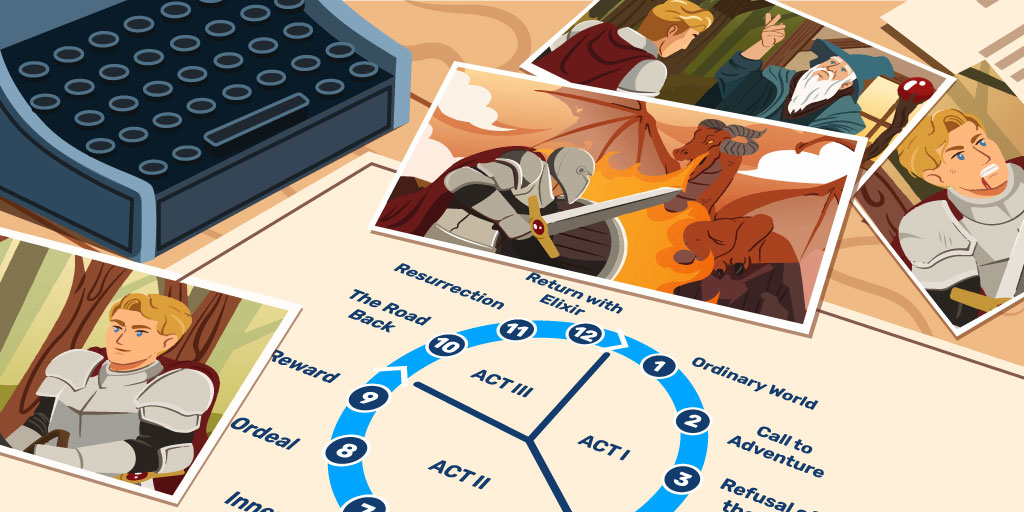
Embarking on the storytelling adventure of the Hero’s Journey can be both exciting and daunting. Use this collection of beginner-friendly tips and practical techniques as a guide to tell a powerful story while still maintaining your creativity and unique voice.
Balance Structure with Creativity
Embrace the structure as a framework for your story while allowing room for creative twists and unique elements. You need to understand the key stages of the Hero’s Journey and how they can enhance your storytelling without feeling constrained by them.
Your primary task is to write a story, not to complete a list of steps., For example, if your hero is immediately enthusiastic about the journey and doesn’t experience fear or uncertainty about jumping into the challenge, omit the “refusal of the call” step. If there is no mentor and your protagonist needs to work everything out for themselves, that is perfectly fine.
Craft an Engaging Call to Adventure
Begin your story with an intriguing event, question, or situation that sparks curiosity and leaves readers wanting to know more. Introduce an element of mystery or uncertainty that compels both your protagonist and readers to embark on a journey of discovery.
Establish what is at stake for your protagonist and why the adventure is personally significant to them. Convey their desires, dreams, or ambitions that drive them to venture into the unknown, creating a strong emotional connection with readers.
Present a conflict or disruption in the protagonist’s ordinary world that forces them to confront a challenge or make a choice. Show the consequences of inaction or the potential for personal growth and transformation through the adventure.
Develop Compelling Heroes
Create relatable and multidimensional protagonists with flaws, desires, and relatable struggles.
They must have flaws for there to be a transformational journey. If they are already perfect, there is no necessary transformation for them to undergo, no skills to learn, and no difficult struggles to experience because they can already do it all.
They must also have desires for there to be a journey. If they desire nothing, then there is no adventure on which to embark because their current lives are already perfect.
Fill in all these details and ensure they fit with the challenges your heroes will confront.
Design Memorable Allies and Adversaries
While the emphasis is on your hero, it is important to develop memorable supporting characters who aid or challenge the hero’s journey, providing depth and dynamic interactions.
Give each character distinctive traits, quirks, and motivations that make them memorable and believable. Consider their values, fears, and desires, ensuring they have depth and complexity beyond their role in the story.
Develop allies and adversaries with contrasting personalities, beliefs, or goals that generate interesting dynamics and conflicts. Explore how these differences shape their interactions and create tension or unexpected alliances throughout the narrative.
Create Tension and Conflict
Clearly define your protagonist’s goals and desires, making them relatable and compelling for readers. Then introduce obstacles, challenges, or antagonistic forces that stand in the way of them achieving their goals, creating a sense of conflict and tension.
Employ a combination of fast-paced and slower moments to build tension and provide a sense of anticipation. Alternate between action-packed scenes and quieter, reflective moments to create a dynamic rhythm that keeps readers engaged.
Develop internal conflicts within your protagonist, such as moral dilemmas, self-doubt, or conflicting emotions. Highlight their inner struggles, as these can be just as compelling as external conflicts, adding depth and complexity to their character.
Introduce external conflicts, whether through antagonistic characters, opposing forces, or external events that threaten the protagonist’s progress. Consider physical confrontations, emotional confrontations, or clashes of beliefs and values to create a variety of external conflicts.
Showcase Transformational Ordeals
Establish the initial state of your character before the ordeal, portraying their flaws, weaknesses, or limitations. Show their dissatisfaction or lack of fulfillment in their current circumstances, setting the stage for their transformational journey.
Then present challenges or obstacles that test their beliefs, abilities, or values, pushing them to their limits. Make these difficult and impactful, requiring the character to confront their fears, make tough choices, or face their past.
Highlight the emotional impact of the ordeals on them, showcasing their struggles, fears, and internal conflicts. Dive into their emotional journey, exploring their reactions, doubts, and moments of vulnerability, allowing readers to empathize with their experiences.
Illustrate internal and external changes that occur due to the ordeals. Depict shifts in the character’s beliefs, values, mindset, self-perception, and concrete changes in their behavior, skills, or relationships.
Build Satisfying Resolutions
Address any outstanding plot threads or unanswered questions established throughout the story. Ensure that important elements, events, or characters are given appropriate resolutions or explanations, avoiding loose ends that leave readers unsatisfied.
Let your main characters experience personal growth and development, completing their character arcs. Show how they have changed, learned valuable lessons, or achieved their goals, giving readers a sense of closure and fulfillment for their journeys.
Frequently Asked Questions
Welcome to our FAQ section, where we address the most common questions and concerns regarding the Hero’s Journey and its application in storytelling.
Are There Variations to the Hero’s Journey?
Yes. Christopher Vogler’s 12-step model is currently the most popular. It is a simplification of the 17 steps in the original composition by the first person that formulated it explicitly, Joseph Campbell. Many other theorists have also offered versions. For example, David Adams Leeming proposed a seven-step plan from the hero’s birth to death, and Phil Cousineau put forward a few possible modifications after interviews with Campbell.
What Are Alternative Story Structures?
Other story structures include the three-act structure, the Five-Act Structure, Dan Harmon’s Story Circle, Freytag’s Pyramid, the Fichtean Curve, and the Save the Cat beat sheet.
Can the Hero’s Journey Be Applied to All Genres?
Yes. The Hero’s Journey can be applied to various genres. While the Hero’s Journey is frequently associated with fantasy and adventure stories, the underlying principles of the Hero’s Journey can be adapted to suit various genres and narrative styles. The first person who made this story structure explicit, Joseph Campbell, formulated it after reading classics, including the bible and other religious texts.
What is the Role of the Mentor in the Hero’s Journey?
The role of the Mentor in the Hero’s Journey is vital and normally serves as a guide or teacher to the protagonist. The Mentor provides wisdom, guidance, and support to help the hero navigate the challenges and obstacles they encounter.
Why is the Hero’s Journey So Popular?
The Hero’s Journey is popular because it integrates universal storytelling elements that resonate with audiences across cultures and time. It provides a recognizable structure that guides the narrative, creates suspense, and fosters emotional engagement. By following the hero’s transformational journey, readers and viewers can relate to the protagonist’s challenges, triumphs, and growth, ultimately satisfying their desire for meaningful and impactful stories.
Who Invented the Hero’s Journey Story Structure?
A single person did not invent the Hero’s Journey story structure, as it had been used for millennia before being formulated explicitly by the American mythologist Joseph Campbell. His influential work, particularly his book “The Hero with a Thousand Faces,” explored the common patterns found in myths, legends, and religious stories from various cultures, ultimately outlining the framework of the Hero’s Journey as a recurring narrative pattern throughout human history.
Hero’s Journey vs. Heroine’s Journey: What’s the Difference?
The Hero’s Journey and the Heroine’s Journey explore the journeys of male and female protagonists and follow the same basic structure. Beyond the common structure, the Heroine’s Journey may emphasize different themes, challenges, and character arcs that are more aligned with the experiences and struggles of female characters.
Final Thoughts
The Hero’s Journey is a powerful and timeless story structure that captivates audiences and resonates deeply with the human yearning for transformation. Its twelve distinct steps provide a framework to guide you in crafting compelling narratives filled with growth, transformation, and emotional resonance. Whether used in fantasy, science fiction, romance, or any other genre, the Hero’s Journey offers a versatile tool that you can adapt as you see fit while writing a story that you and your readers will love.
Craft of Writing Quiz (Hard)
